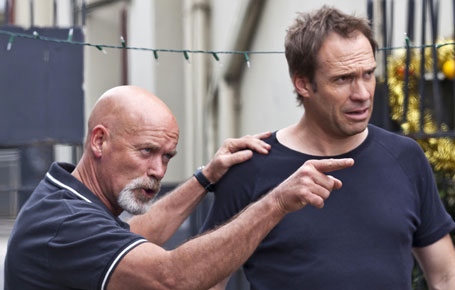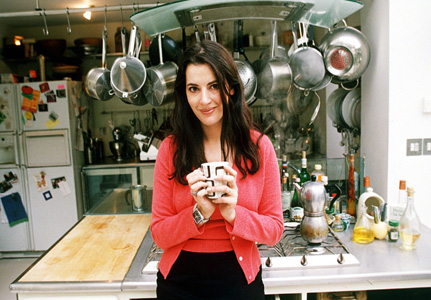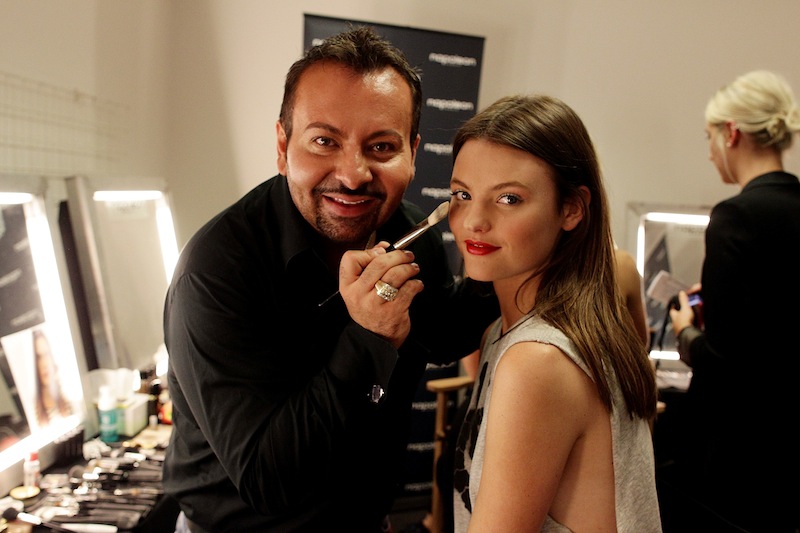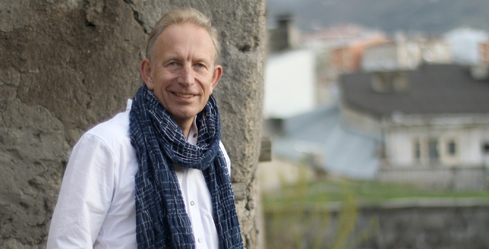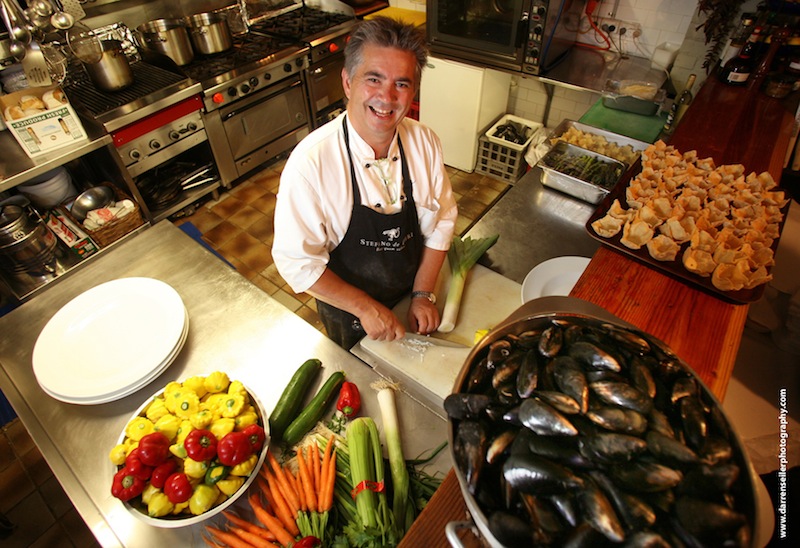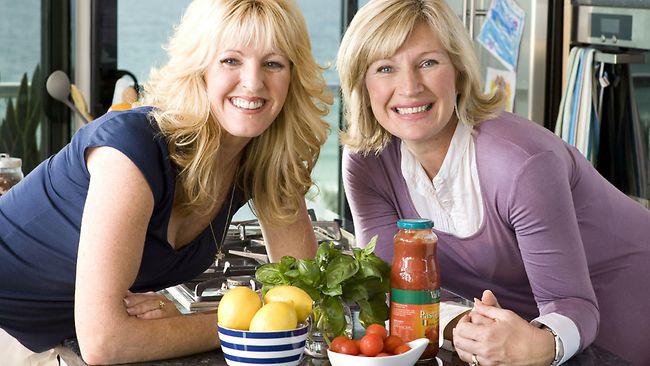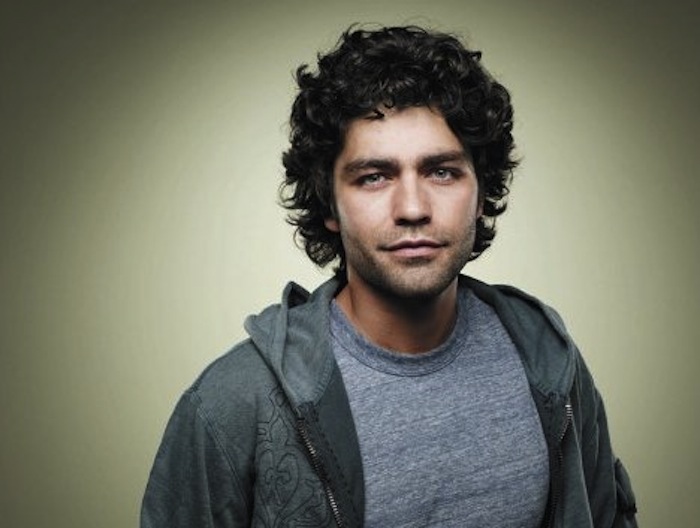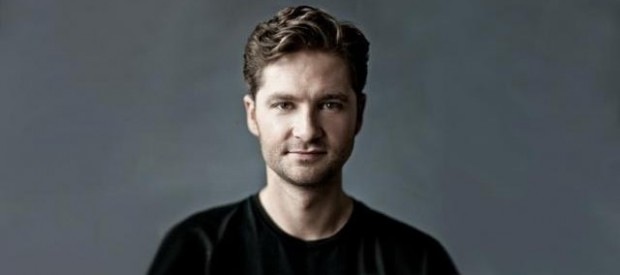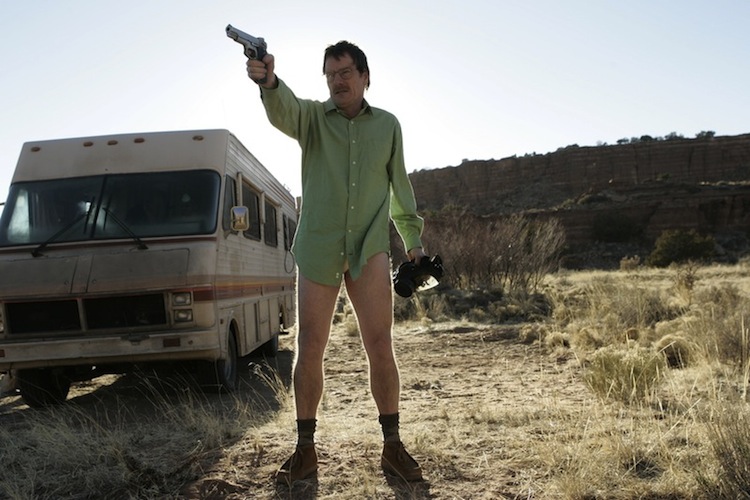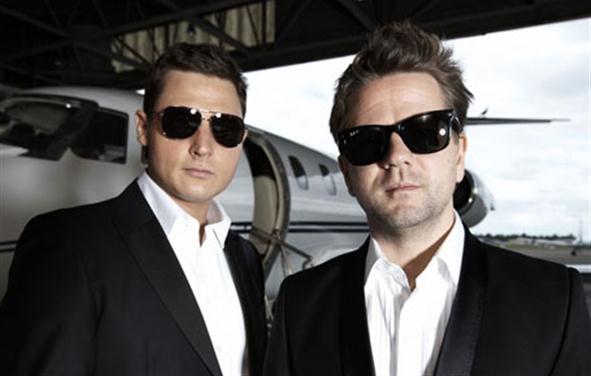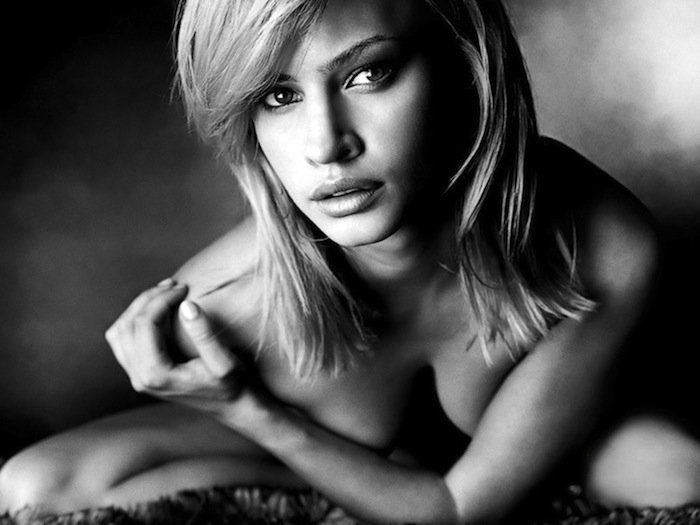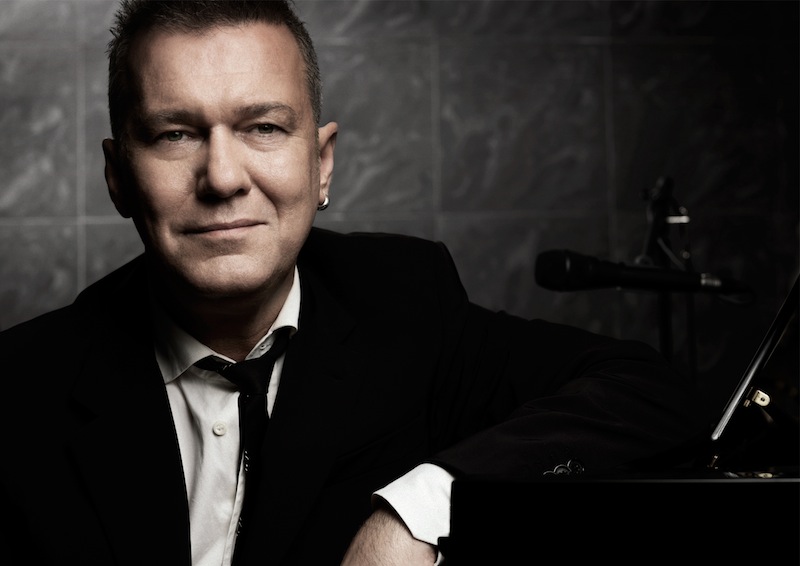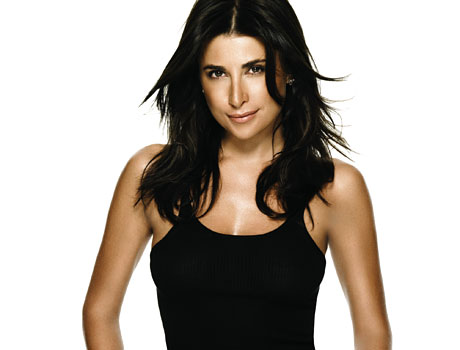Ewen Leslie from the cast of Andrew Upton’s Riflemind talks to Australian Stage’s Helen Barry about every actor’s ultimate dream job – working with director, Oscar winning actor Philip Seymour Hoffman and star Hugo Weaving, in this year’s most anticipated STC production.Actor Ewen Leslie from the cast of Andrew Upton’s Riflemind talks to Australian Stage’s Helen Barry about every actor’s ultimate dream job – working with the director, Oscar winning actor Philip Seymour Hoffman and star Hugo Weaving, in this year’s most anticipated STC production.
So when did you first hear about Riflemind and how did you come to be cast in it?
I heard about a year ago, when the brochure came out and it said that Hugo Weaving was going to be doing a show that Andrew Upton had written and Philip Seymour Hoffman was directing.
I think just about everyone thought – well, no one knew what it was going to be about – and I didn’t even know that there was going to be a role in there, but I think like most actors I thought the goal would be getting an audition for it. To meet him and work with him for ten minutes or whatever.
Then at the end of last year, around December, I found out that they were seeing a group of guys and that I had managed to be part of the group of guys that were going in.
Then I went in, I think in early January and auditioned for him, which was really cool and that was pretty much it. I remember leaving the audition and just going “I didn’t make an idiot out of myself.” But I wasn’t thinking it was great, it wasn’t great, but it was good enough and that was fine.
I was living with a guy at the time who said “well, you’ve already won, you’ve got the audition,” so I figured that was it. I did the audition and I met him. Then I got a call the next day saying that I was on hold for the job and I was in Newtown and I started jumping around in the street!
Then I had to wait two weeks while he made up his mind. Then I got a call saying I got the job at the end of January.
So was it different auditioning for a director who happens to be an Oscar winning actor?
I guess the weirdest thing is a lot of the time when you audition for stuff, it ‘s usually with people who have seen you in stuff before, so I guess the different thing was that he knew nothing, he had no idea if I’d done any film, theatre, where I was from. So I guess we all kind of went in a bit sort of fresh.
It was pretty nerve-wracking, but he makes things very relaxed and even then if I think back, it wasn’t like “nice to meet you, now stand in the middle of the room and do your piece,” it was very much like sitting down, like this, with scripts in front of us and just going through the scenes. Then he’d say “do it again, but this time do a bit of that.”
But there was certainly no feeling on leaving the room that I had the job. But I guess – he’s a actor and an amazing one, so he understands what it’s like going into an audition and understands how nerve wracking it is – auditions in general, so he was generous and he made it easier.
So lets talk about the rehearsals, what was Hoffman’s approach to working?
We spent the first week just sitting around the table reading through the play. In the mornings we’d come in and everyone could bring in a piece of music. So we’d spend the first twenty minutes listening to music and it didn’t have to be rock ‘n roll, anyone could bring in anything.
So by the end of the first week, we were up on the floor going through it. But it’s been really easy – the way he is – it’s been great.
For the last week of rehearsals we just did non-stop runs, every day, we just kept running it. Then we would work on bits and then even going into the space for tech rehearsals – which can usually be absolute nightmare of a time, because you’re just not prepared and all of a sudden people are going to be there and there’s lights and oh my God what’s going on! – but we did a run before the tech in the space, which was really good, because all of a sudden it was really relaxed. I mean, it was one of the most relaxed tech rehearsals I’ve ever done.
Because usually you stop and start?
Yeah and getting in there and trying to work out the space and he was kind of changing little things as we did it, but I guess what he said before going in was that he doesn’t like to treat tech rehearsals as purely about the technical stuff, he still likes to keep it about the acting and the scenes and the play. So that was really good. It still felt like we were kind of rehearsing even though things were happening around us.
Riflemind deals with fame and the aftermath of fame. Does it have a message do you think?
I think it does, it’s hard to talk about without giving things away that I’ve been told that I’m not allowed to say! Not to you, but just when we did Q & A’s Andrew said (whispers) “don’t mention anything,” and that’s Andrew, because it’s his play.
I think people will be really surprised in a way, because it doesn’t necessarily go down the path that you expect it to. I think a lot of audiences have really wanted it to be a certain thing, that it doesn’t end up becoming. After the first half you think it’s really going to go in a certain direction and then it takes twists and turns that you don’t expect it to.
I guess one thing that it’s essentially about is trying to recapture your youth in a way, and at the end of the day whether that’s something you really want to do and how attractive that would be and can you go back? And if you go back to something, is it going to be the same? There’s no way it’s going to.
But, it’s a tricky one to talk about, because when it begins I think you’ve got expectations of the play. Especially about a band. Because it’s about this idea of this famous band getting back together, it doesn’t necessarily go down the direction that you think it’s going to. I think, if anything, there is really one thing that it’s not about, and that’s music. It’s really not about music at all. You know we did the Q & A for the subscribers and one of them asked if we needed to be down with the music scene and it was like no, not at all. It’s actually got nothing to do with that.
You’re playing Lee a musician, what’s his role in the play?
So it’s about a band. This band was massive – like Nirvana massive and they’d made that sort of dent in the zeitgeist, or whatever, you know, they were huge!
It’s about them reforming and they’re a three piece and part of them getting back together to tour, they decide that maybe it would be a good idea to bring in some fresh blood to bring in a new sound.
So I play a young guitarist from Los Angeles who’s brought in, kind of a Dave Navarro guy, who comes along for this weekend in a kind of an audition sort of sense. I’m there to play with them and by the end of the weekend they’ll work out whether or not they want me in the band.
But a lot of that’s got to do with Hugo’s character John. He’s the lead singer and lead guitarist, so it’s a bit of a sore point bringing me in and it has to be handled carefully. It’s kind of a bit ambiguous going in, how much he knows about me, or whether or not he knows I’m coming along and how he’s going to feel about that.
I think essentially Lee’s a really smart guy and he’s smart enough to know that the best thing he can do is walk into this scenario and keep his mouth shut, pay attention and work out what the histories are, where the tensions are and try not to get involved.
{xtypo_quote_left}…with Philip, it’s always felt like he’s discovering it as much as we are. Do you know what I mean? He’s always been very inquiring and is the first to ask “what do you think about that?” And it’s never a test, it’s like “I want to know what you think because I kind of think this, but – talk to me.”{/xtypo_quote_left}
You mentioned Hugo Weaving. It’s a great cast, what’s it been like working with those guys?
Amazing!
The first week, I was really nervous and I’ve known about this since January, but because Andrew had been doing a lot of re-writes on the script there hadn’t really been much of an opportunity to sit down with it and do the work. I got a call four days before we started rehearsals saying “your character’s now from LA.” So all of a sudden it was like a complete sort of, you know what I mean?
Because they’re an Australian band and you’re from LA?
Yeah so everyone’s Australian, pretty much, except for me, which has it’s own challenges.
The first week I was really nervous. I was nervous about Philip and I mean it’s Hugo, Jeremy Sims, Susie Porter, Marton Csokas, Susan Prior and Steve Rodgers. There’s a lot of really good people in this play. People that I’ve seen do a lot of stuff and have admired for a long time.
But I think the wonderful thing about Hugo is that he’s so supportive and such a good leader. He’s just a leader and for him to be playing the lead role – which is huge, like he has to carry the play really – and to also be the front man of a band, it makes a lot of sense that he’s doing it.
He’s always been very supportive and in the first week, because it’s Philip, you just want to get up and be amazing immediately and you want him to go “great, that’s why I cast you and it’s going to be awesome,” and that’s never going to be the case.
So there’s been a lot of sort of falling on our arses and I have especially and getting up and attempting an accent and trying things out and having Philip go “no,” but he’s always been really supportive of that.
Hugo’s really into “yeah lets try this, lets try that.” And watching him try things and it not working and him going “oh well” has been a really amazing thing. I mean it’s Hugo Weaving! And all I ever see is the finished product and to watch his process of going through the play and through the role and the mistakes he’s made and things that have worked…no, it’s been amazing, really! To be working with that group of people, with that director is just incredible. If you’d told me that I would be doing that when I was at acting school I just wouldn’t have thought – I mean, with that cast and that director I probably would have thought I’d be on a film making a million dollars (laughs) but it’s really quite a dream come true, in many ways.
What’s it’s like to be back stage on a show like this one? What’s it like before you guys go on? Do you all have different ways of preparing?
Yes definitely. Well, I don’t want to give anything away. Every one’s different! I mean there can be a lot of tension and sometimes I think especially early on like this, I think it’s all a bit sort of unknown. As the run progresses it will get a bit more relaxed and chill out a bit, but I think early on like this it’s kind of a bit – there is a lot of tension and some people handle it differently.
I tend to go into my own space and just pace. All I do is pace up and down, going over things and thinking about things – which is probably the worst thing you can do before going on really!
But there are other people who like their privacy and sit and relax. Then there are other people who just want to get in your face. You know what I mean? People who want to rile everyone up.
It is really weird this early stage, because the pressure and the tension is really high. It’s funny because having a part that’s small, a lot of my moments are very small. I mean even early on there’s this kind of build up and they talk about me and then I come on for like two minutes and then I’m gone. And it’s tricky with those, because in some way I’m sure there are people in the cast who would look at my role and go “oh well he’s got the easy job,” but really it’s quite hard to not have the time on stage to relax and get into something. You’ve only got a really short amount of time to get across what you’ve got to get across and Philip is incredibly detailed you know, he’s incredibly detailed.
In terms of notes?
Yeah and in terms of – he’s obviously a really detailed actor – and in terms of what he wants. He’ll kind of give you something to do, you know “try it like this” and then you kind of work at that until you get it, then he’ll go “o.k. now put this on top of it.” Then you kind of do that and he just keeps slowly layering. Until in the end where you’ve got like ten to fifteen things going on at once which is great.
Sometimes it can get a bit sort of “aww what am I doing,” but he’s really good like that. There’s never been a sense that he’s… you work with directors who walk into the room and they’ve got it all sussed out and they’re going to basically wait till you catch up and guide you through something. Where as with Philip, it’s always been, because it’s a new work (which I think is predominantly what his company does in New York, is creates new works) it’s always felt like he’s discovering it as much as we are. Do you know what I mean? He’s always been very inquiring and is the first to ask “what do you think about that?” And it’s never a test, it’s like “I want to know what you think because I kind of think this, but – talk to me.” And it’s always been great like that you know! But it becomes tricky, it does become tricky.
Because you’ve got so much going on?
Yeah and I’m sure to the audience they think it’s an incredibly simple moment, where as you’re kind of going through all these, (gestures) you know?
But I think as long as you stick to the thought to thought moments, you can’t really go that wrong. If there’s ever a moment where you’re like “this feels a bit icky,” or it’s wrong, then it’s probably because you’ve missed a couple of steps. And that’s one thing that he’s always been big on and I think that he’s completely spot on.
I guess you can build a performance in that way and it probably makes you less self conscious to have those moments that you’re working towards.
Yeah. Completely, completely. Look, the scary thing always – and it’s never happened on this show – but it’s happened on other shows, is where you don’t actually know what you’re aiming for. Where you don’t really know where you want to be and that’s never been the case with Phil or this show.
There’s been times where you go, alright I’m really going to pull out something new for him today and see what he thinks and you do it and then you run up this flight of stairs and you open the door and he’s kind of there finishing the ciggie going “Well done. Now I need you to..” You know? He’s a pretty smart cookie, for lack of better words.
So Riflemind previewed last week. What’s the audience response been so far?
Really good, you know? I think the tricky thing is this kind of level of naturalism and the way that Phil sets up things and the way he directs is that you really just kind of have to go “I’m in a lounge room with John, (Hugo) and that there’s no one else here. I mean it’s actually just us.”
Philip has always been very heavy on “you guys are going to get laughs and you’re going to have to go through them” – if they miss lines it’s their fault. He’s like “I don’t want anytime at any moment where someone is thinking I’m watching a performance, a play – or we’re going to lose them! You have to keep it real and as real as possible.” That’s kind of a bit of a challenge in itself.
Well, good Luck Ewen! I hope it goes well. I’m sure it will go well.
I think it’s going to be good. I think it’s going to be great! I really do! I mean there’s a lot of times when I’ve gone “how’s this going to go down” and this one, beyond my performance or whatever, I just know it’s going to be really good – but I could be eating my words in a week (laughs) but we’ll see!
Riflemind opens this week at the STC and runs until December 8th – seats are strictly limited. For further information aboutRIFLEMIND click here»
This article first appeared on Australian Stage


